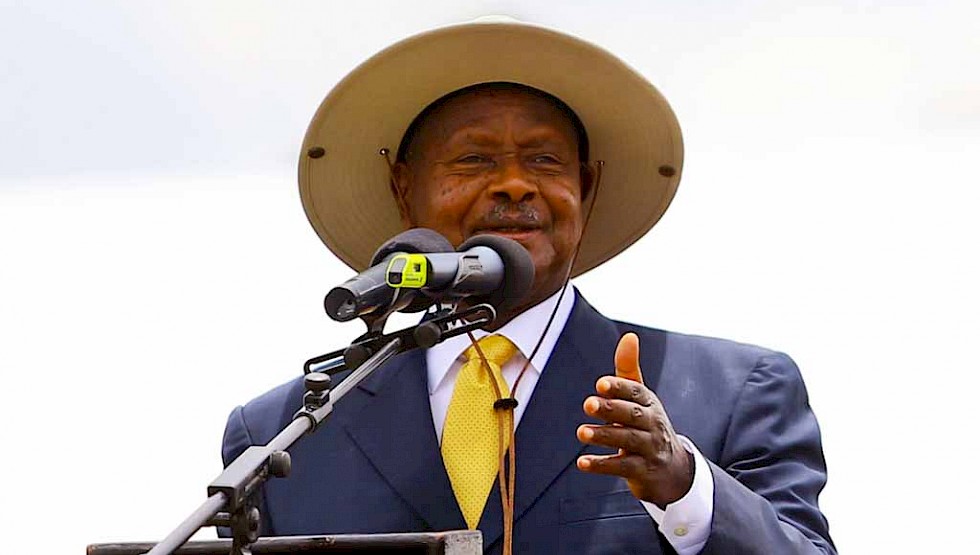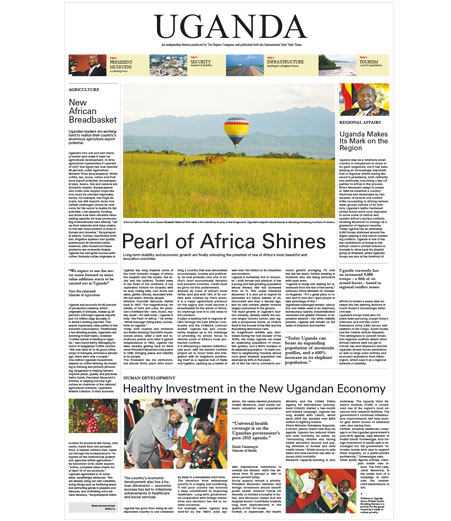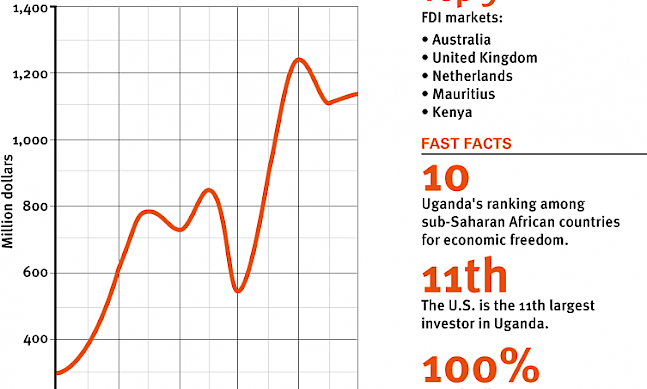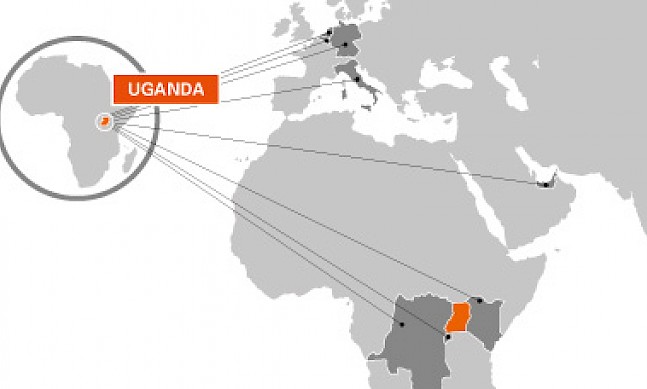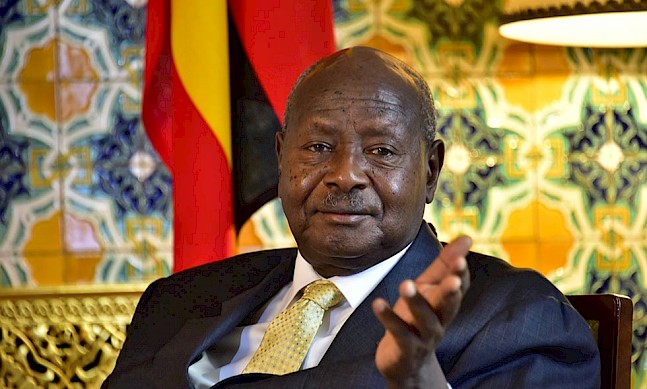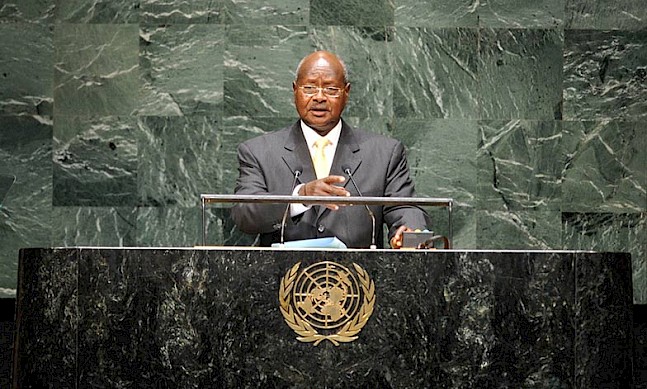Having launched its second National Development Plan in June, Uganda is building the foundations for its long-term vision for development.
Approved by President Museveni’s cabinet in 2007 and launched in 2010, Uganda’s ‘Vision 2040’ is an ambitious statement of intent for the nation’s long-term socio-economic development. Divided into a series of 5-year National Development Plans, the Vision ultimately aims to transform ‘Ugandan society from a peasant to a modern and prosperous country within 30 years.’
Within this framework Uganda hopes to achieve middle income status by 2017, upper-middle by 2032 and will be on course to become a first world country within 50 years. To achieve this, Uganda needs to accelerate its GDP growth further, looking to grow its GDP from $17 billion in 2010 to $580.5 billion by 2040, translating into a GDP per capita of $9,500 (assuming current projections of a future population of 61.3 million).
While Uganda’s economy has been showing steady growth over the past decade, the government has identified and is addressing strategic bottlenecks, such as infrastructure and energy generation, which pose an obstacle to achieving the growth necessary for its transformative Vision.
Indeed Vision 2040 has identified several ‘key core projects’ designed to allow the economy to expand more rapidly, including developing its industries and oil resources, four international airports, a fully developed road and rail network that is fully integrated with the region, and a series of nuclear and hydro-electric power plants. Two hydro plants, Karuna and Isimba, are already under construction.
The hope is that the completion of these projects and the transformation of Uganda’s economic fundamentals, competitiveness and business environment will allow this nation to fully harness the abundant opportunities in key sectors such as oil and gas, minerals, ICT, regional trade and logistics, agriculture and industry.


